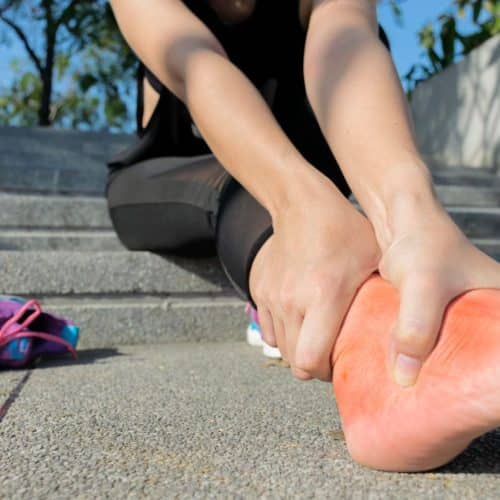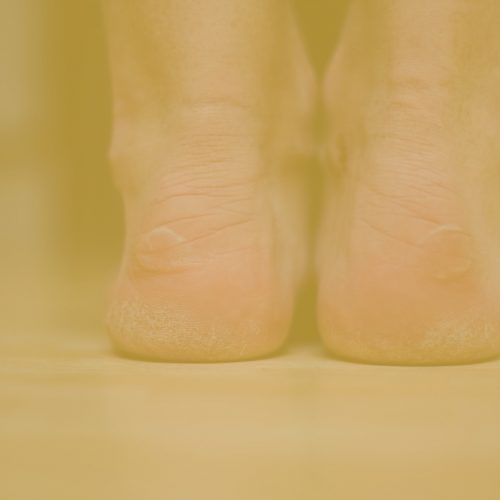Arthritis is a term that many people are familiar with, but not everyone understands the depth and breadth of this condition. The question often arises: Is arthritis a serious disease? The short answer is yes, but with nuances. Let’s delve deeper into understanding arthritis and its implications.
What is Arthritis?
Arthritis, derived from the Greek words “arthro-” meaning joint and “-itis” meaning inflammation, is a medical term that refers to the inflammation of one or more joints. However, it’s essential to understand that arthritis isn’t just a single disease. Instead, it encompasses over 100 types of joint diseases and conditions, each with its unique symptoms, causes, and treatments.
1. Common Types of Arthritis
- Osteoarthritis (OA): Often referred to as degenerative joint disease, OA is the most common form of arthritis. It occurs when the protective cartilage that cushions the ends of the bones wears down over time, leading to pain, swelling, and reduced joint mobility.
- Rheumatoid Arthritis (RA): RA is an autoimmune disorder where the body’s immune system mistakenly attacks the joints, resulting in inflammation and joint damage. It can affect various joints and even other body systems like the skin, eyes, and lungs.
- Gout: This type of arthritis is caused by the deposition of urate crystals in the joint, leading to intense pain and inflammation. Gout often starts in the big toe but can affect other joints as well.
- Lupus: A systemic autoimmune disease, lupus can affect the joints, skin, kidneys, blood cells, brain, heart, and lungs. Joint pain is one of its many symptoms.
- Psoriatic Arthritis: Associated with the skin condition psoriasis, this type of arthritis leads to joint pain, stiffness, and swelling. It can affect any part of the body, including the fingertips and spine.
2. Causes and Risk Factors:
While the exact cause of arthritis varies depending on the type, several common factors can increase the risk of developing arthritis:
- Age: The risk of many types of arthritis, including osteoarthritis, rheumatoid arthritis, and gout, increases with age.
- Gender: Some types, like RA and lupus, are more common in women, while gout is more common in men.
- Genetics: Certain types of arthritis run in families, so you’re more likely to develop arthritis if your parents or siblings have the disorder.
- Injuries: A joint injury can increase the risk of developing osteoarthritis in that joint.
- Obesity: Carrying excess weight puts added stress on joints, particularly those in the knees, hips, and spine, making them more prone to osteoarthritis.
Impact on Quality of Life
The ramifications of arthritis on an individual’s quality of life are profound and multifaceted. Living with arthritis often means grappling with persistent pain, swelling, and stiffness in the affected joints, which can lead to a diminished capacity to perform everyday tasks.
Simple activities that many take for granted, such as turning a doorknob, tying shoelaces, or even walking short distances, can become arduous challenges. Over time, as the disease progresses, the joints may lose their normal shape, leading to visible deformities and further functional limitations.
Beyond the physical discomfort, arthritis can also take a toll on one’s mental and emotional well-being. The constant pain and reduced mobility can lead to feelings of frustration, anxiety, and depression. Many individuals with arthritis report feeling isolated or misunderstood, as the invisible nature of their pain isn’t always evident to outsiders.
Additionally, the condition can impose restrictions on social activities and hobbies, leading to a sense of loss or diminished identity. Financial strains can also emerge, given the potential need for ongoing medical treatments, therapies, and assistive devices.
In essence, while arthritis primarily targets the joints, its impact reverberates through every facet of an individual’s life, affecting their physical, emotional, and social well-being. However, with early diagnosis, effective treatment, and a supportive community, many of these challenges can be mitigated, allowing individuals to lead fulfilling lives despite their condition.
Effective Treatment is Key
Arthritis, while challenging, doesn’t have to be a life sentence of pain and immobility. With the right treatment approach, many of its symptoms can be managed if not alleviated. The cornerstone of arthritis management lies in its treatment, and understanding the available options is crucial for anyone dealing with this condition.
1. Medications
- Pain Relievers: Over-the-counter pain relievers, such as acetaminophen (Tylenol) or nonsteroidal anti-inflammatory drugs (NSAIDs) like ibuprofen (Nurofen), can be effective in reducing pain. However, it’s essential to use them as directed and be aware of potential side effects, especially with long-term use.
- Anti-inflammatory Drugs: These are crucial for many forms of arthritis, especially those characterised by inflammation, like rheumatoid arthritis. Corticosteroids, such as prednisone, can reduce inflammation and suppress the immune system. There are also NSAIDs that reduce pain and inflammation.
- Disease-Modifying Antirheumatic Drugs (DMARDs): These drugs, often used for rheumatoid arthritis, work by targeting the underlying causes of the inflammation rather than just treating symptoms. Common DMARDs include methotrexate and hydroxychloroquine. They can slow or stop the immune system from attacking the joints, thereby preventing further damage.
2. Physical Therapy
Physical therapy plays a pivotal role in managing arthritis. A trained physical therapist can introduce patients to exercises tailored to their specific needs. These exercises aim to strengthen the muscles around the affected joints, improving stability and reducing pain. Additionally, physical therapy can help improve flexibility, balance, and coordination, making daily activities easier and less painful. Techniques such as heat or cold treatments, ultrasound, or electrical nerve stimulation might also be used to relieve pain and improve joint health.
3. Surgery
For those with severe arthritis or when other treatments fail to provide relief, surgical intervention might be the next step.
- Joint Replacement: In this procedure, the damaged joint is replaced with an artificial one. The most commonly replaced joints are the hips and knees. With advancements in medical technology, these replacements can last for many years and significantly improve the quality of life.
- Joint Fusion: Typically used for smaller joints, like those in the wrist, ankle, or fingers, this procedure involves fusing the joint’s bones together, making one continuous joint. While it can reduce pain, it also means the joint will no longer be flexible.
In spite of the fact that arthritis is associated with a great number of difficulties, it is treatable with a mixture of drugs, physical therapy, and, if required, surgery. This can provide significant pain relief. It is absolutely necessary for patients to collaborate closely with their healthcare professionals in order to identify the most effective treatment strategy that is specifically adapted to meet their requirements.
Lifestyle Adjustments
Living with arthritis often necessitates making lifestyle adjustments to manage symptoms more effectively and maintain a good quality of life. These adjustments not only help alleviate the immediate discomfort but can also play a role in slowing the progression of the disease.
1. Weight Management
Carrying excess weight is more than just a burden on one’s self-esteem; it exerts additional pressure on the joints, especially those that bear weight, like the knees, hips, and spine. Every extra pound adds substantial stress to these joints, exacerbating the wear and tear and potentially accelerating the progression of conditions like osteoarthritis.
By maintaining a healthy weight, individuals can reduce this added stress, leading to decreased pain and increased joint functionality. Achieving and maintaining a healthy weight often involves a combination of a balanced diet and regular exercise. Even small reductions in weight can lead to noticeable improvements in joint pain and function.
2. Exercise
While it might seem counterintuitive to move painful joints, regular physical activity is paramount for those with arthritis. Exercise helps strengthen the muscles around the joints, providing them with better support and reducing strain. Furthermore, movement helps maintain joint flexibility, preventing stiffness.

3. Joint Protection
In daily life, numerous ways to protect joints from unnecessary strain exist. Using assistive devices can make a world of difference. For instance, a cane can help distribute weight away from a painful knee or hip, reducing pressure on the joint.
Tools with larger, ergonomic handles in the kitchen can make tasks like cutting or opening jars easier on the hands and wrists. Wearing supportive shoes can alleviate pain in the feet, knees, and hips. Additionally, it’s essential to listen to one’s body. Taking breaks, avoiding repetitive motions, and ensuring proper posture can all help protect joints from excessive wear and tear.
Conclusion
Arthritis is a serious condition, but it can be managed effectively with the right approach. Early diagnosis and a proactive treatment approach can make a difference. If you or someone you know is experiencing joint pain or other symptoms of arthritis, it’s crucial to consult with a healthcare professional to get a proper diagnosis and start on a treatment path. Remember, while arthritis may pose challenges, it doesn’t have to define your life. With the right care, you can continue to enjoy many of the activities you love.









